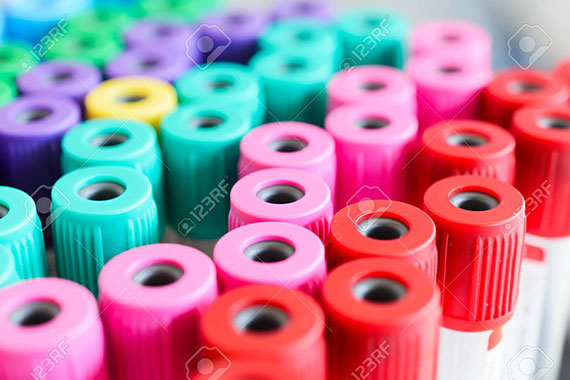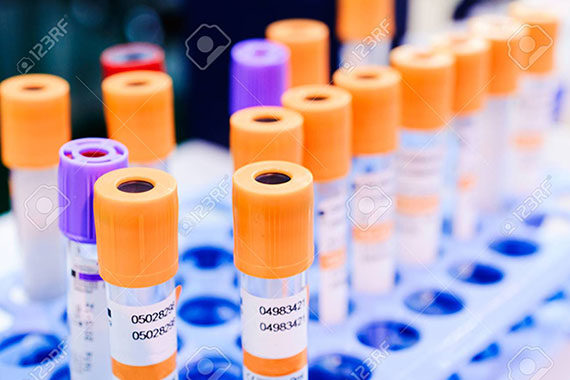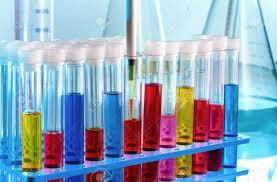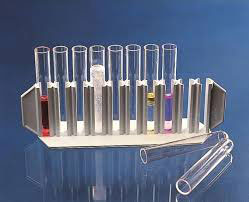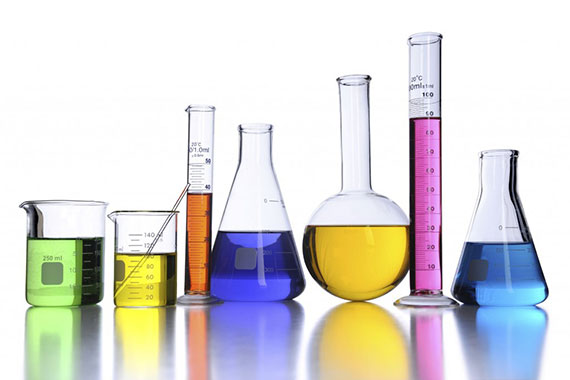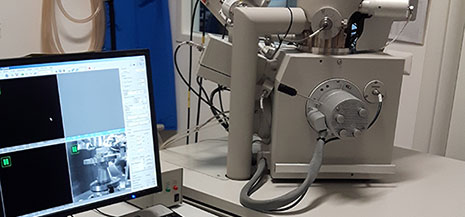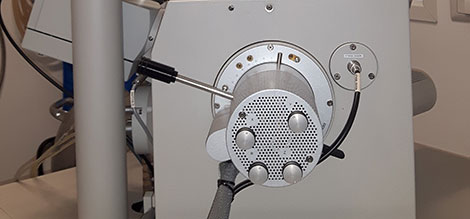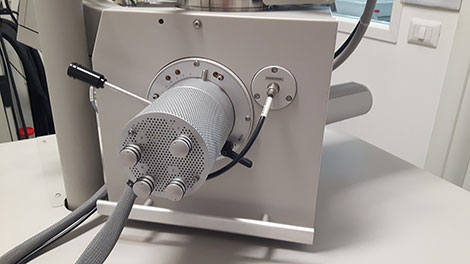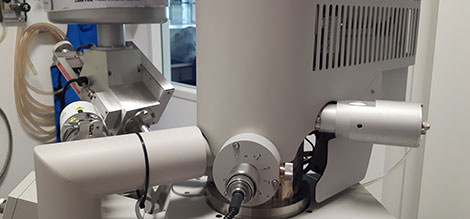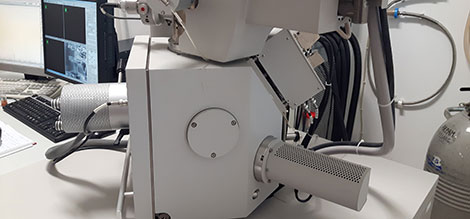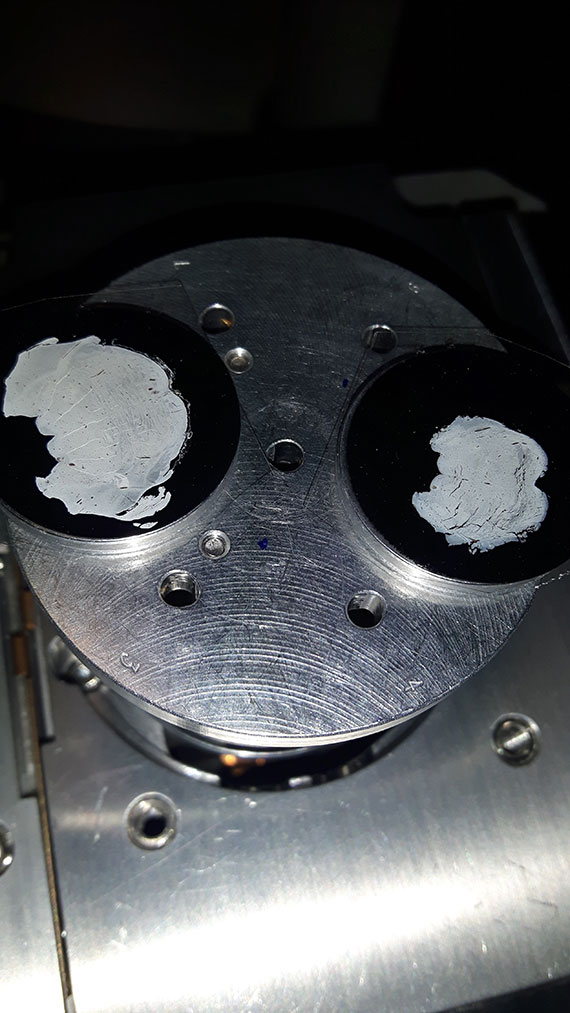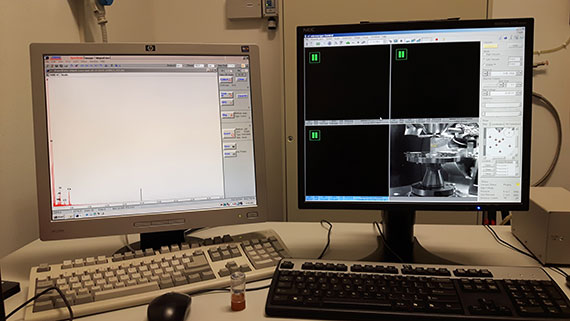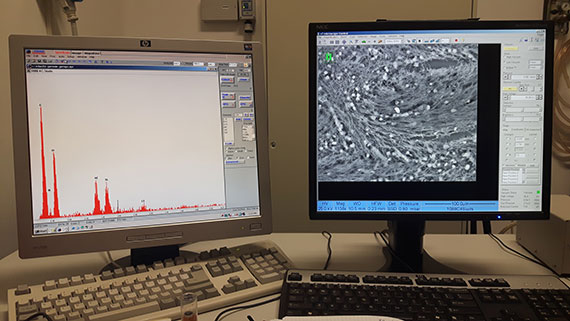Non-biodegradable, inorganic micro-and nanoparticles can transform fibrinogen, a blood-soluble protein, into another protein called fibrin which, on the other hand, is insoluble and forms more or less long fibers that are the scaffold on which thrombi are formed and grow. These are more or less bulky masses of partially solidified blood which then migrate along the vessels. In the event that the thrombus has formed in the veins, the mass necessarily ends up in the pulmonary circulation, obstructing it (pulmonary thrombo-embolism) with results that can be fatal. If, on the other hand, the phenomenon occurs in the arteries, the thrombus can end up in any organ. If, on the other hand, the phenomenon occurs in the arteries, the thrombus ends its course in any organ. When it comes to the brain, the condition is called cerebral stroke. When, on the other hand, the target is the coronary arteries, the vessels that carry oxygen to the muscular tissue of the heart, the condition is called cardiac infarct. In most cases, it must be emphasized that the organism is capable of producing substances that immediately dissolve the fibrin and, therefore, the pathologies just described do not occur. In that event, the particles continue to travel towards any organ.
All organs have a microcirculation, that is, a very dense network of arterial and venous vessels of caliber less than two tenths of a millimeter. If the particles enter those vessels, they can obstruct their lumen and thus prevent oxygen from reaching the organ concerned or from releasing carbon dioxide. In a similar condition, the affected tissue inevitably dies.
